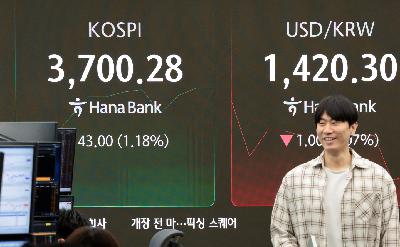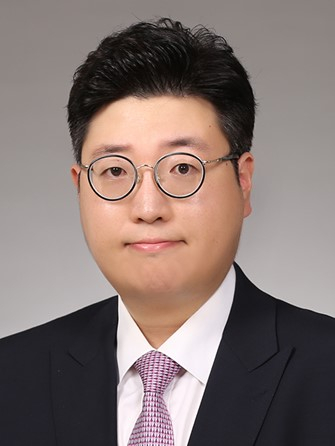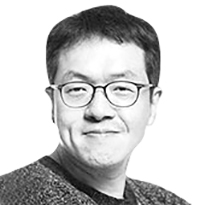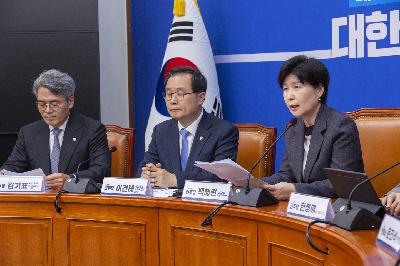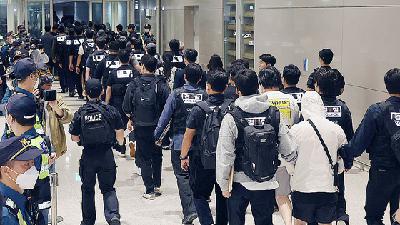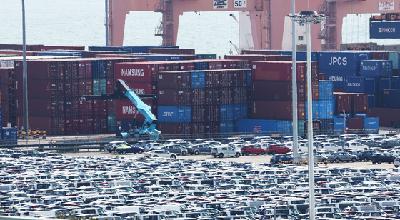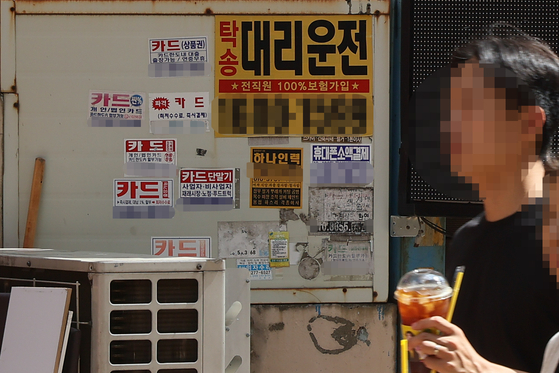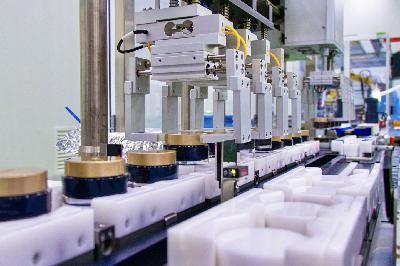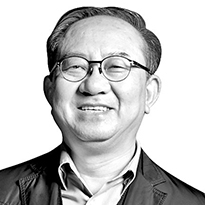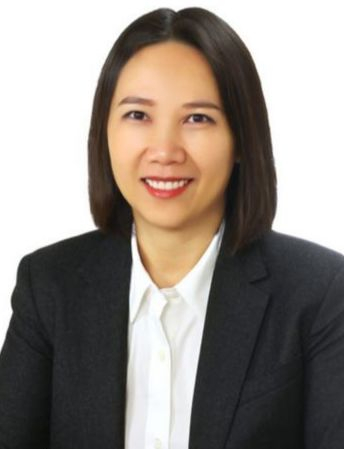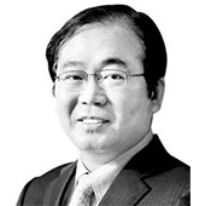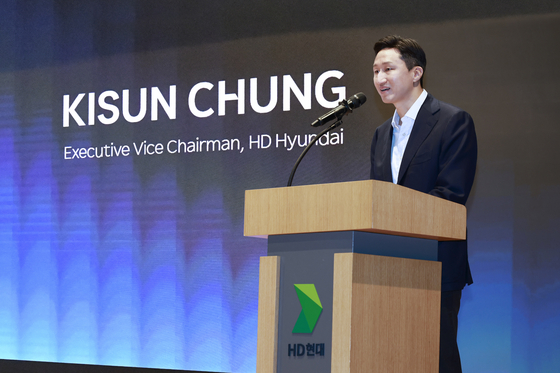Kospi breaks 3,700 — time for a structural, not just cyclical, bull market
Update: 2025-10-16
Description
The benchmark Kospi has surpassed the 3,700 mark for the first time in history. A rebound in the semiconductor sector - fueled by artificial intelligence (AI) demand and coupled with expectations of U.S. interest rate cuts and progress in tariff negotiations with Washington - has driven foreign capital into Korean equities. On the surface, the market looks like a classic bull run. But whether this becomes a sustained structural rally remains uncertain. Tailwinds in global conditions alone cannot guarantee long-term value growth. What Korea's stock market needs now is a qualitative and structural leap, not just a numerical one.
The domestic market's total capitalization has topped 3,000 trillion won, yet its price-to-earnings and price-to-book ratios remain below those of major advanced markets. The so-called "Korea Discount" persists. Weak corporate governance, low shareholder returns and policy inconsistency - such as frequent changes in short-selling regulations - have undermined investor confidence. To turn short-term inflows of foreign funds into long-term investment, the country must address these fundamental weaknesses through serious reform.
The government, which has set the goal of ushering in the "Kospi 5,000 era," should avoid one-size-fits-all measures such as forcing companies to sell treasury shares. With tight housing policies expected to push more domestic liquidity into equities, lasting inflows will depend on stronger institutional credibility and investor trust. Korea's inclusion in the MSCI developed market indexes - a milestone that could attract long-term global funds - will also remain out of reach without meaningful improvements to market structure and regulation.
Beyond institutional reform, the real driver of sustainable stock growth lies in corporate profitability. Share prices ultimately reflect competitiveness. As this year's Nobel laureates in economics reaffirmed, the Schumpeterian idea of "creative destruction" defines a vibrant industrial ecosystem and the foundation of corporate value. Korean firms must pursue qualitative innovation by expanding research and development, exploring new growth engines and integrating manufacturing with AI. Only through such progress can domestic capital move from real estate into equities and foreign investment continue steadily.
Government and legislative action will be equally crucial. They must nurture an innovative industrial environment rather than impose regulations that stifle investment and employment. Pension funds and institutional investors should also shift away from short-term returns and play a stronger role as long-term backers of innovation-driven companies.
The current Kospi rally presents a rare opportunity for Korea's capital market to evolve beyond the "smart money always leaves first" cynicism that has long shadowed it. If government efforts to stabilize the investment environment combine with genuine corporate innovation, the market could move toward the kind of structural bull run seen in the NYSE and Nasdaq. For policymakers and business leaders alike, this is the moment to strengthen the foundations of Korea's financial and corporate competitiveness - the true starting point of a lasting bull market.
This article was originally written in Korean and translated by a bilingual reporter with the help of generative AI tools. It was then edited by a native English-speaking editor. All AI-assisted translations are reviewed and refined by our newsroom.
Comments
In Channel

